Four is the number of years since we drove the F56 MINI 3 Door. At the time, the third-generation MINI Hatch was subject to abounding criticisms, most of which were flung by sentimentalists overwrought by the firm’s ambition to ‘grow up’.
True enough, the MINI as we know it no longer traces the roots of its humble, econobox origins. Matured, contemporary, stylish and hipster are the adjectives in season, and never has the MINI stable been so diverse in its offerings as now.
The MINI Hatch has, much in the same vein as the Countryman and Clubman, evolved into an object of common desire, while simultaneously offering a healthy spread of daily liveability, practicality and impressible gadgetry. It’s easily the furthest thing from the plebeian brainchild of Sir Alec Issigonis, but such is the might of the buying market.
There is hardly any place for non-conformists in this fast-moving industry, and the upcoming MINI Electric serves as proof that, to remain relevant, one must adapt. How’s that for some justification?
Four years on, we drive the controversial F56 MINI 3 Door Cooper S facelift (or LCI, if you fancy some Bimmer lingo) in Palma de Mallorca, Spain, to see if the modern MINI has gotten any better.
As far as facelifts go, this is among the more subtly-executed ones in recent memory. The swelled shell preserves the F56’s original dimensions, so the proportions remain unaffected. Visually however, the new LED daytime running lights, which double as turn indicators, now completely surround the contours of the ellipsoidal headlights – matrix LED technology (optional) is featured for the first time as well.
Between them are a faux air scoop and new two-dimensional MINI badge, the latter deliberately designed as a nod to the brand’s early days. The same badge is applied onto the boot lid and steering wheel, and will trickle down to all forthcoming MINIs as part of a corporate identity update.
Just like before, the unpainted plastic claddings furnish nearly the entire lower section of the Hatch, so as to give it a more athletic character. This is elevated with new sets of lightweight alloys that measure up to 18-inches in size, but 17-inch hoops with 205/45 rubbers are standard fitment for the Cooper S – 18-inch items are usually reserved for JCW models.
The front fenders are now home to unique 3D-printed plastic trim, which MINI says is a world’s first for the car industry. This allows customers the option of inscribing desired names through MINI Yours Customised, but tread this with caution, vain-pots.
Perhaps the most stylistically distinctive addition to this mid-life refresh is the tail light design. The encasing frame is the same size as before, but the graphic is unabashedly patriotic, with full strip-LEDs forming a Union Jack. Illumination is uniform throughout, so it makes for quite a spectacle when lit. This adds presence I think, especially during nightly commutes, but it may not be as popular in Europe — you know, Brexit. Overall, it’s certainly an unmistakable look.
Swing the frameless doors open and one will be greeted by a largely familiar cabin. Not much has changed, but as the saying goes, the devil is always in the details. To start, drivers now get a new LED fuel gauge, which looks neater compared to the previous stacked-LED bar-type approach, and the three-spoke leather-wrapped steering wheel gets a new gloss black finish. The speedo and tachometer, as well as the colour head-up display, remain unchanged.
In the middle sits an upgraded touchscreen head unit measuring 6.5-inch diagonally, which is the same size as before. Visuals and texts are tact sharp, and legibility is excellent even under harsh Spanish sunlight. It features voice recognition with multi-lingual support (including Mandarin, we’re told), Bluetooth smartphone integration and a rather competent GPS navigation system. Apple CarPlay is optional, however, and only time will tell if it’s available on Malaysian models.
The six-colour LED ambient lighting system is carried over from before, and includes a constant interchangeable mode that cycles between each colour. What’s cool is that the dashboard now features a semi-translucent Union Jack panel that allows the LED light to permeate across, making for quite an entrancing sight. It’s a shame MINI didn’t jump at the chance to complete the LED ring, which would otherwise echo the updated DRL design.
Below that, you’ll find identical dials and buttons for the dual-zone climate control, including five flick-type toggle switches for parking sensors, ESC, and the pulsating engine-start switch. The drive mode selector has also been moved here, instead of the flimsy rotary collar previously positioned under the gear shifter.
Speaking of which, there’s a new oblong electronic rocker unit like on most BMWs, in place of the unusually tall stick from before. While the lever itself is far from the best looking, it’s not quite as jarring, and is more intuitive to use – just like a BMW shifter, in fact.
Munich’s famous iDrive controller – called the MINI Controller here – first found its way into the F56, and it remains unchanged. It features a touch-sensitive panel on top of the rotary dial, complete with dedicated menus for quick operation. The iPhone dock still resides in the armrest, and compatible smartphones can also make use of the wireless charging tray.
The seats themselves are just as supportive as before, offering a decent range of adjustability for varying body types. Both front seats, which come with new designs and hide colours, are manually-adjustable units with extendible thigh and lumbar support. As there is no change in dimensions, the 3 Door Hatch will give just about enough head and legroom for two moderately-sized passengers (read: 175 cm or less) for the rear. Boot size remains at 211 litres.
Mechanically, the Cooper S draws power from the same BMW B48 2.0 litre four-cylinder petrol engine with a new twin-scroll turbocharger, producing 192 hp and 280 Nm of torque. That’s exactly the same output from the outgoing model, but the motor gets updated with new high-pressure injectors, intake air ducts, oil supply, as well as cooling and exhaust systems.
The highlight of this mid-life update though, is the fitment of a brand new seven-speed Steptronic, Getrag-sourced wet dual-clutch automatic transmission, which was first fitted to the final batch of the pre-LCI Hatch range in December 2017. The extra cog helps spread out gear ratios, achieving up to seven percent better fuel economy and granting quicker gear shifts at the same time. Power is routed to the front wheels only.
The facelift has gained an insubstantial 30 kg of weight from all the new hardwares, so MINI made some tweaks to the suspension setup to compensate for the extra heft. This hasn’t affected ride quality for the worse, as you’ll come to know shortly. But for now, it seems as though the Hatch grows bigger or heavier with every major update. Does it still drive as a MINI should, you ask?
The short answer, is no. At least not in the traditional MINI sort of way. The electromechanical power steering (with speed-sensitive Servotronic) is an immensely reactive rack, albeit with slight deadness off-centre across all drive modes. Road-to-wheel communication is precise without being overly tiresome, and the steering itself is commendably accurate for an assisted setup.
Our test route along the meandering mountain passes in Mallorca gave ample seat time to determine if the 30 kg weight gain has in any way compromised drivability, but the Cooper S rides almost, if not identically, as it did before. Spanish roads are known to be some of the more scenic ones out there, but when it comes to surface quality, we have it better – on most freeways anyway.
Suffice to say, ride quality is nowhere as crashy as its R56 predecessor, but the suspension remains firmly sprung for the iconic go-karty feel that many Miniacs have come to like. I didn’t like the stiff ride at first, but the longer I drove it, the more I understood the MINI/go-kart parallel. If you have go-karted, the MINI is the only mass-market car brand that delivers a comparable experience.
There’s no hint of the weight gain in the corners too, thanks to chassis tinkering and use of lightweight components – the engine cover is made from carbon-fibre composite recycled from producing the BMW i8. However, push-on understeer is still present, a trait that has existed in the F56 Cooper S. The standard Cooper is more chuckable with its lighter front end, but otherwise, the Cooper S still manages to tuck into corners rather adroitly, at times willfully wagging its tail via induced slip. Nippy zippy lemon squeezy.
With 192 hp and 280 Nm on tap, the Cooper S is darty. It’s eager to rev and pulls with verve down low, and continues on with conviction until the needle meets with the redline. At times, it feels even quicker than its 0-100 km/h time of 6.7 seconds (unchanged from before) suggests, partly because acceleration is very well sustained throughout the gears. Before you know it, you’d be hitting three-digit speeds while only in third gear. Top speed is rated at 235 km/h.
The new dual-clutch gearbox injects a fitting sense of fleetness, and while the century sprint time is the same, gearshifts here feel remarkably crisp and solid, and certainly much speedier than the old Aisin-made six-speed slushbox. It’s also virtually jerk- and slip-free when at an incline, which is a mark of a well-calibrated ‘box. I’d say it’s just as good as a VW DSG, and although the seven-speed DSG on the Golf R might be slightly better, the MINI’s DCT is by no means a second-tier unit.
In addition to that, the transmission control unit permanently analyses driving style and factors variables such as accelerator position, engine speed, driving speed and drive mode. The net effect is an intelligent gearbox that knows which successive gear the driver intends to engage, so it primes the transmission for a seamless and uninterrupted gearshift. The load shift between each gear change with the previous six-speeder has also been eliminated.
Apart from the performance aspect, the transmission also offers coasting function in both normal and eco mode, or MID and Green for MINI speak. This momentarily decouples the transmission from the engine, enabling drag-free gliding as the car moves forward at idling rpm. This saves fuel, and can further be optimised with GPS navigation or driver assistance systems, such as cruise control. The combined fuel consumption is rated at 5.2 litres per 100 km.
Long story short, the 3 Door Cooper S LCI strikes a fine equilibrium, drawing a nice balance between being a competent and exciting performance hatch, in a sensible, matured kind of package. It will never be as practical as its cousin, the BMW 1 Series, or the Golf GTI and Mercedes-Benz A-Class, but the point is it needn’t be.
The MINI of today continues to honour its age-old gallantry, serving those who know exactly what they look for in a car, while offering present-day conveniences in palatably hipster fashion. Now, do away those fervent cries of nostalgia, because really, the new-age MINI should be venerated.
Looking to sell your car? Sell it with Carro.

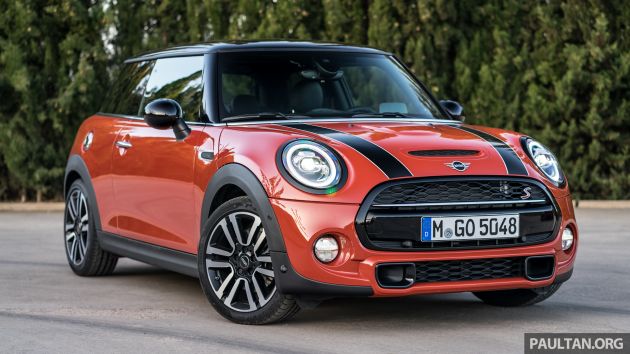
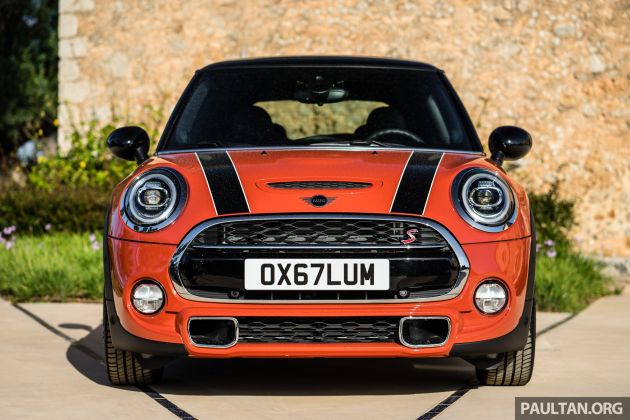
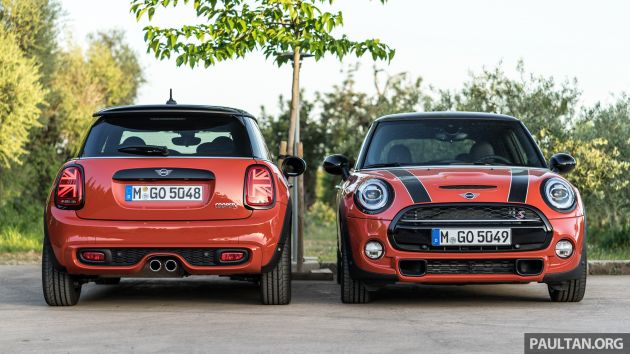








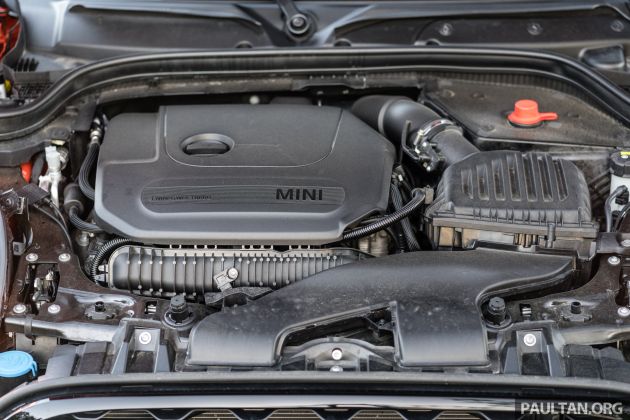
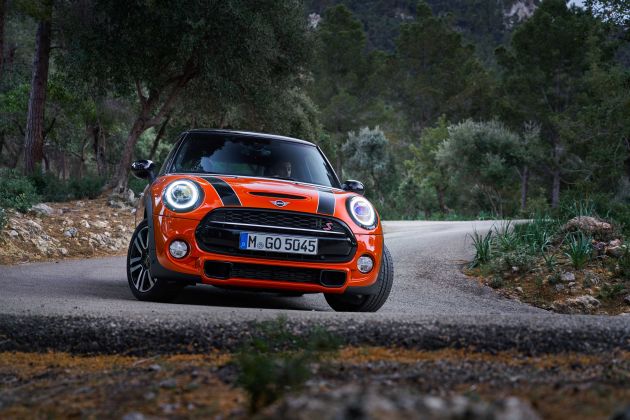
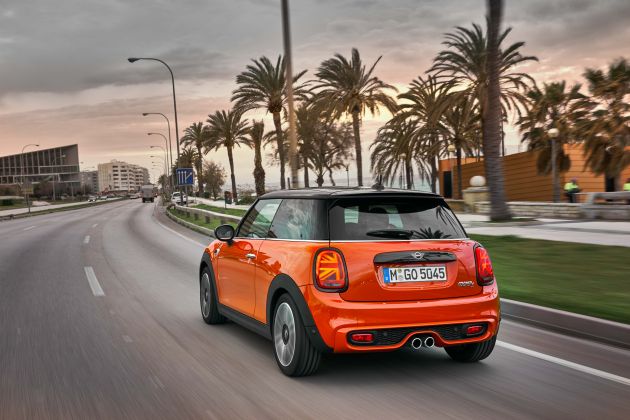
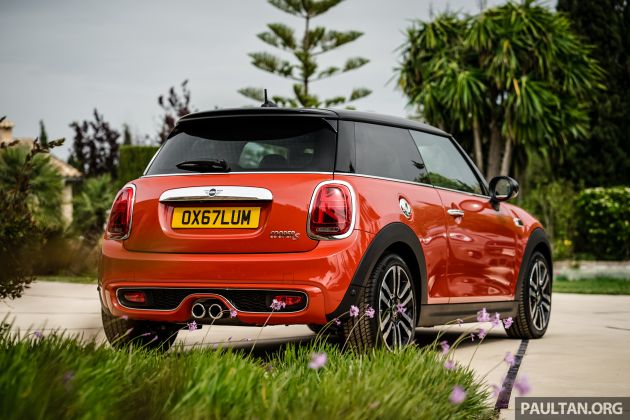

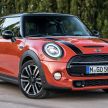





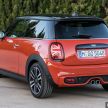



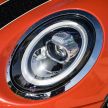

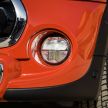
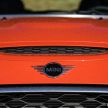
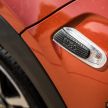
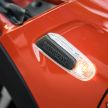

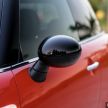





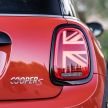
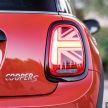





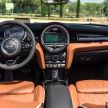

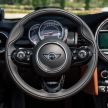



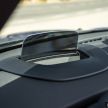

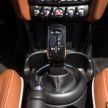


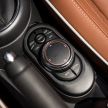


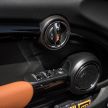
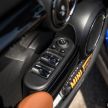


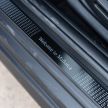
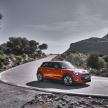

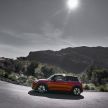







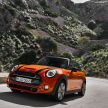






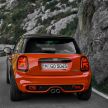

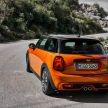
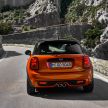

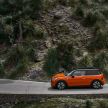
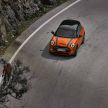








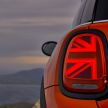







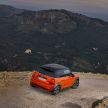


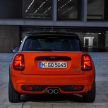






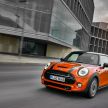









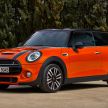
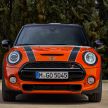
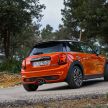
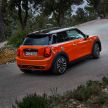






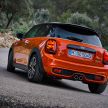
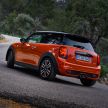

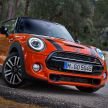

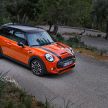


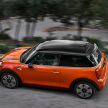


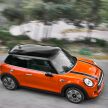

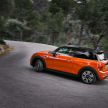
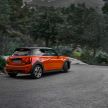






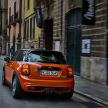
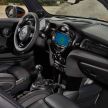
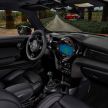





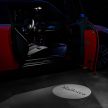







Hard to see any real changes.
the new 2-dimensional MINI badge is quite obvious.
Lolz! Hahaha! Yeah that is diff from b4. Cheers.
nicely modified perodua kelisa.